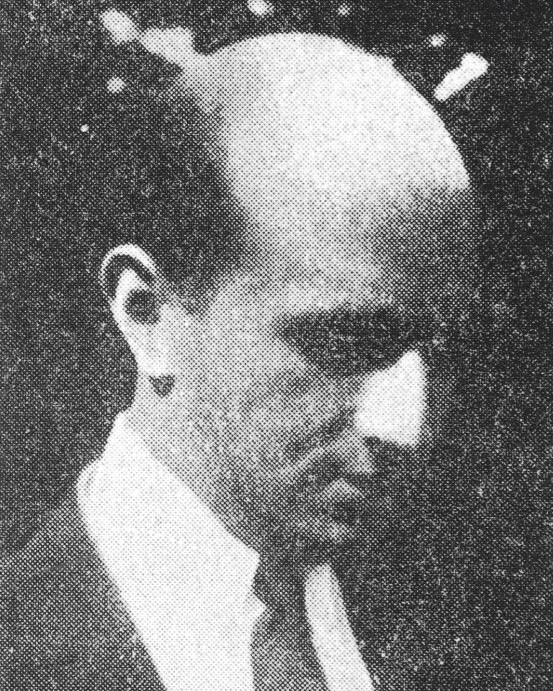Abraham WEINBAUM
January 4, 2019Joachim WEINGART
January 4, 2019Ossip WEINBERG
VITEBSK (RUSSIA) 1899 – DEPORTED TO AUSCHWITZ 1942
Ossip Weinberg grew up in Vitebsk. His parents divorced when he was six years old. His mother remarried a rich merchant and moved to Saint Petersburg. In 1913, Ossip studied at a high school there and at the same time took drawing classes with Professor Vasili Shukhaev (1887- 1939). He later enrolled in the School of Fine Arts in Saint Petersburg. In 1920, he left for Berlin, where he met his mother and stepfather. He painted portraits influenced by Cubism. In 1928, Ossip Weinberg arrived in Paris and discovered French painting. He studied at the Académie de la Grande Chaumiere and moved away from Cubism. From 1928 to 1935, he lived a privileged life thanks to the allowance that he received from his stepfather. In 1936, he had to work as a secretary for a friend of his stepfather, which enabled him to earn his living and to continue to paint. On July 16, 1942, during the Vel d’Hiv roundup, he was arrested by the French police with his brother and sister-in-law. On July 31, 1942, they were deported on convoy number 13. They were murdered in Auschwitz.
Stories of Jewish Artists of the School of Paris 1905-1939
FRENCH-ENGLISH
Capitale des arts, le Paris des années 1905-1939 attire les artistes du monde entier. De cette période de foisonnement, un terme est resté, celui d'Ecole de Paris, qui recouvre une grande diversité d'expression artistique. Dans ce brassage dont Montparnasse est le creuset, un groupe se distingue : celui des artistes juifs venus de Russie, de Pologne et d'Europe centrale. Si leurs styles sont variés, un destin commun les rassemble : ils fuient l'antisémitisme de leur pays d'origine. Certains ont connu la célébrité dès les années 1920, tels Soutine, Lipchitz ou Chagall. D'autres n'ont pas eu le temps ou la chance d'y accéder. Près de la moitié a péri dans les camps de concentration nazis.
From 1905 to 1939, Paris attracted artists from all over the globe as the capital of the art world. This period of artistic proliferation became known as the School of Paris, and includes a great diversity of artistic expression. Within the teeming art world centred on Montparnasse, one group set itself apart: Jewish artists from Russia, Poland, and Central Europe. Although their styles were diverse, they shared the common fate of fleeing anti-Semitic persecutions in their home countries. Some became famous in the 1920s, such as Soutine, Lipchitz, and Chagall, while others did not have the time or the luck to gain renown. Nearly half of these artists died in Nazi concentration camps.





